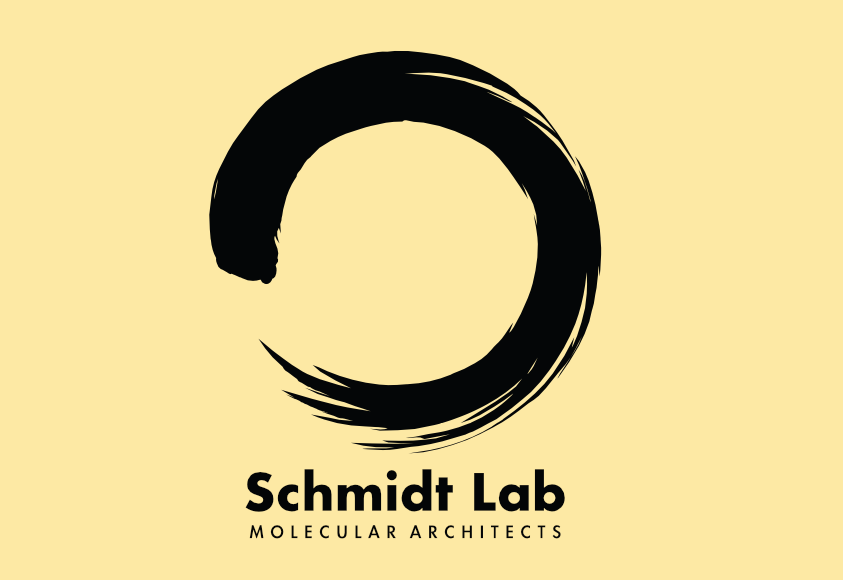In 1966, Francis Crick described proteins as one of biology's two "great polymer languages." Achieving fluency in this language—full understanding and the ability to engineer synthetic proteins for precise control of biological systems—remains a foundational challenge.
Our research program addresses this challenge through an innovative pipeline that combines engineering comprehensive synthetic protein variant libraries, analyzing their phenotypes in diverse cellular contexts, and developing data-driven models of protein structure and function.
Ongoing Projects
Engineering Chemo- and Optogenetic Reagents via MAVE
We have use Multiplexed Assays of Variant Effects (MAVE) for engineering of K+ channels with user-controlled modulation through light or drugs. Rather than relying on co-expressed modulatory proteins, we incorporate light- and drug-switchable domains directly into the channel coding sequence to achieve tighter modulation and faster kinetics. Our most significant methodological breakthrough was developing Saturated Programmable Insertion Engineering (SPINE), a method for generating comprehensive protein variant libraries used in MAVE. Using SPINE, we assembled the largest mutagenesis and domain insertion datasets for any membrane protein to date. This allowed us to determine the biophysical basis for domain compatibility and develop rules for protein engineering by domain insertion. This work produced high-resolution map of molecular determinants governing channel trafficking and function, revealing that trafficking mutants are underrepresented in variant effect databases –a finding with direct clinical implications. We successfully predicted pathogenicity of unknown variants and clarified disease mechanisms by comparing fitness scores with expert-reviewed data.
Engineering Precision Gene Delivery Vectors
In our second focus area, we advanced Adeno-Associated Virus (AAV) engineering by developing a user-programmable covalent attachment system for monoclonal antibodies to premade AAV. Our approach creates nanobody-AAV composites that redirect tropism to specific cell types while bypassing off-target populations. We implemented a multi-trait AAV MAVE, identifying capsid regions capable of accommodating large domain insertions and revealing key structural units linked to AAV assembly, stability, and infectivity. This enabled development of engineerable hotspots that facilitate nanobody attachment, achieving improved prostate cancer specificity without requiring further optimization. We also became the first to engineer AAV into a protein delivery vehicle using MAVE. By inserting nanobodies into internal capsid positions that capture target proteins during production, we created 'Protein Carrier AAV'—enabling AAV to deliver various protein payloads, marking the first demonstration of AAV as a protein packaging system with therapeutic potential.
